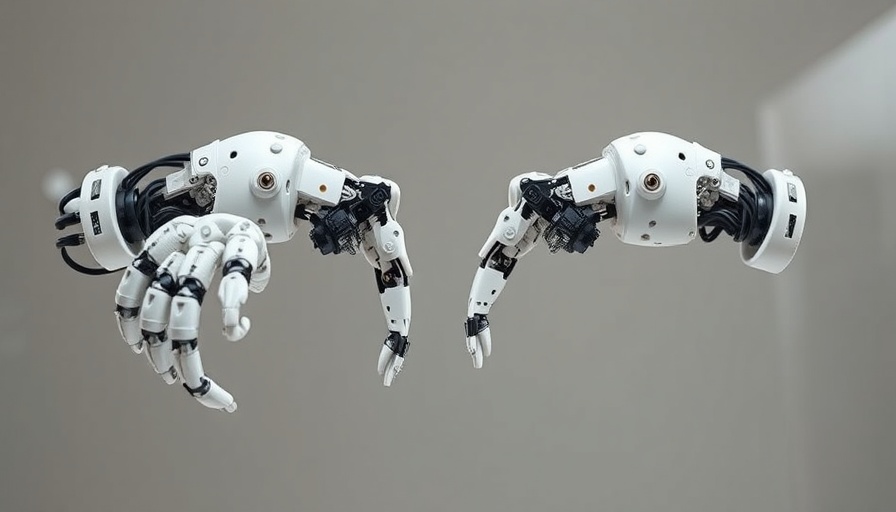
Hugging Face’s SO-101: A Leap Forward in Robotics
In an exciting development in the realm of robotics, Hugging Face has officially launched the SO-101, a low-cost, 3D-printed robotic arm starting at just $100. This innovative device not only enhances robotics’ accessibility but also introduces exciting features that promise to captivate hobbyists and tech enthusiasts alike.
Lightweight Instruction with Reinforcement Learning
The SO-101 is equipped with state-of-the-art technology allowing it to learn from its environment through reinforcement learning. This means that users can train the arm to perform tasks, such as picking up a Lego block or sorting objects, a feature that was less developed in its predecessor, the SO-100. The incorporation of AI not only makes the arm smarter but also opens avenues for more complex construction and programming tasks.
Affordable Innovation: How Budget Robotics Works
One of the standout features of the SO-101 is its price point, making it accessible for educational institutions as well as hobbyists. By leveraging 3D printing technology in its manufacturing process, Hugging Face lowers production costs, allowing them to pass savings directly onto the consumer. Such affordability expands opportunities for learning and creativity, making robotics an achievable goal for many aspiring engineers.
Advanced Features: Speed and Efficiency
Unlike the SO-100, which many found challenging to set up, the new SO-101 comes with improved assembly speed and enhanced motor efficiency. These factors contribute to its ability to carry heavier loads and perform tasks more smoothly, reducing the likelihood of mechanical issues during operation. This improvement represents Hugging Face's commitment to refining their product based on user feedback, which is crucial for iterative learning in tech development.
Collaborative Efforts: Partnering for Success
This launch is notably backed by numerous partnerships, involving companies like The Robot Studio and WowRobo. Such collaborations not only bring diverse expertise into the project but also signal to the market that multi-faceted approaches can lead to more refined and capable technologies. By pooling resources, these startups collectively push the boundaries of what is possible in the robotics field.
Looking to the Future: What’s Next for Robotics?
The introduction of the SO-101 suggests a promising future for robotics, particularly in education and DIY projects. As technology continues to become more accessible, we may see a surge in innovation as more individuals engage with robotics. By piquing interest in STEM fields, such innovations could inspire a new generation of engineers and programmers.
A Call to Action: Explore the World of Robotics
The imminent rise of robotics in everyday applications is an invitation for tech enthusiasts and learners alike to delve into this fascinating field. Whether you’re a hobbyist considering your first robotic project or an educator looking to enhance your curriculum, the SO-101 represents a great starting point. Explore further, experiment, and see where your journey in robotics can lead!
 Add Row
Add Row  Add
Add 



Write A Comment